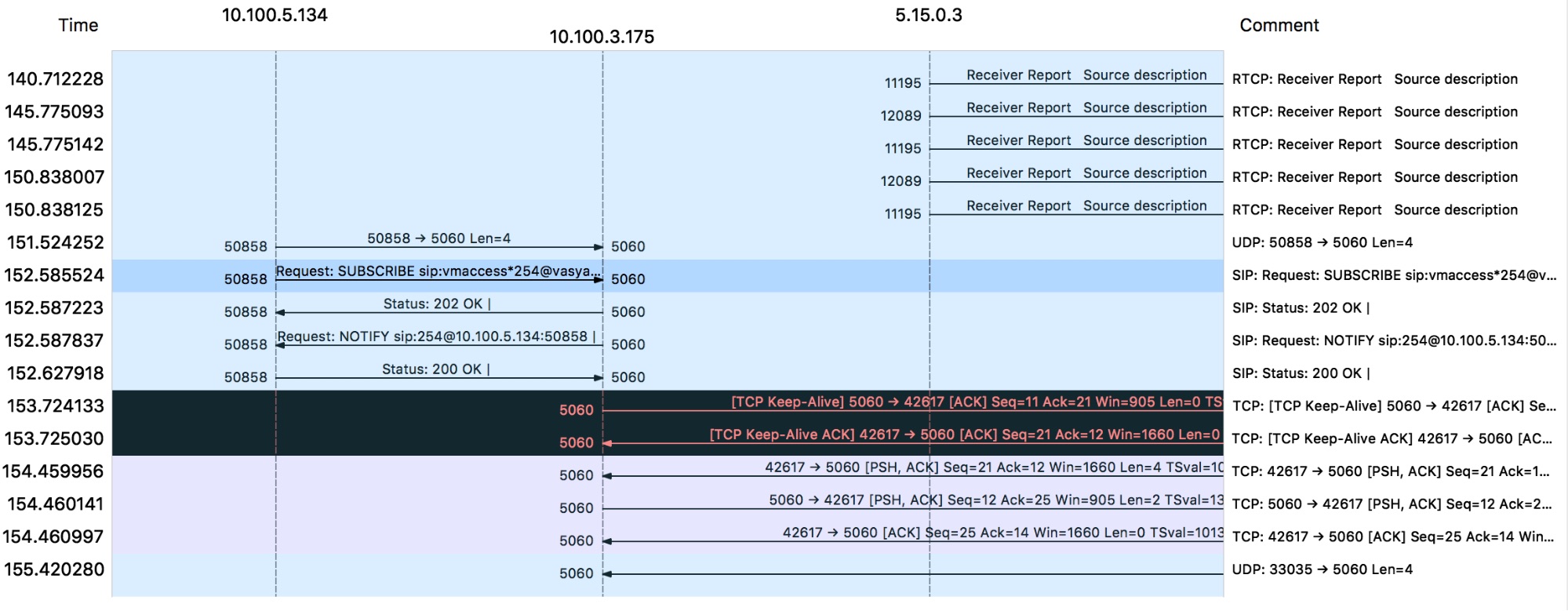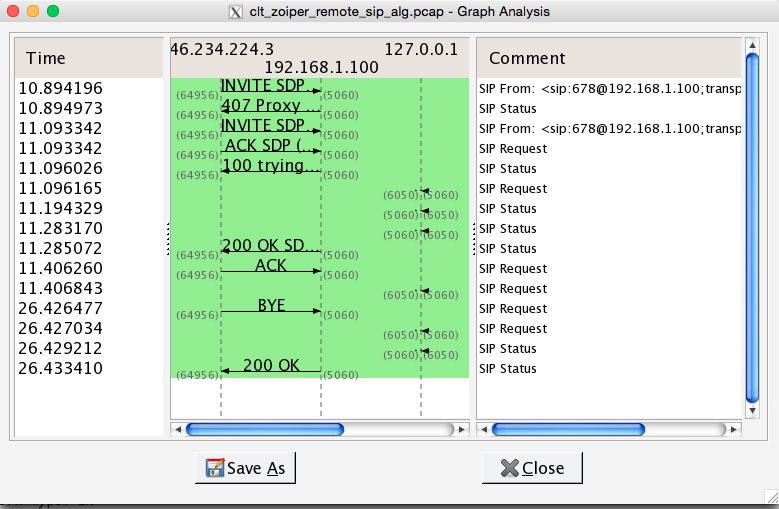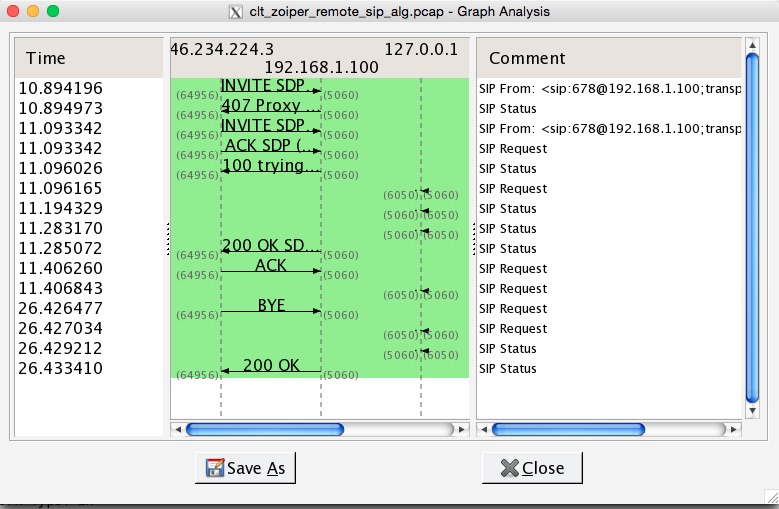 Wideband audio provides high-definition voice quality for telephony calls, and offers better quality than standard digital telephony. It does so by extending the frequency range of audio signals transmitted over telephone lines, resulting in higher quality speech.
Wideband audio provides high-definition voice quality for telephony calls, and offers better quality than standard digital telephony. It does so by extending the frequency range of audio signals transmitted over telephone lines, resulting in higher quality speech.
The great advantages of wideband audio, also marketed as high-definition (HD) audio, are:
- Offers clearer sound quality
- Provides easier voice recognition, even in the presence of background noise, speakerphone, and voice overlapping (two persons speaking at the same time)
- Makes certain words easier to understand, such as words containing letters which sound similar
The final result for users is better phone calls, where both the effort required to understand each other and the need for callers to frequently repeat themselves is greatly reduced.
Continue reading “Wideband Codecs and High-Definition (HD) Audio”
 This time we will analyze what are the main characteristics to take into consideration when choosing codecs for communication systems.
This time we will analyze what are the main characteristics to take into consideration when choosing codecs for communication systems. The SIP specification has been extended over time to support a general mechanism allowing for subscription to asynchronous events. Such events can include SIP proxy statistics changes, presence information, session changes and so on.
The SIP specification has been extended over time to support a general mechanism allowing for subscription to asynchronous events. Such events can include SIP proxy statistics changes, presence information, session changes and so on. ACK method confirms that an entity has received a final response to an INVITE request. In its turn, BYE method signals termination of a dialog and ends a call.
ACK method confirms that an entity has received a final response to an INVITE request. In its turn, BYE method signals termination of a dialog and ends a call. Calls are started by means of the methods INVITE
Calls are started by means of the methods INVITE